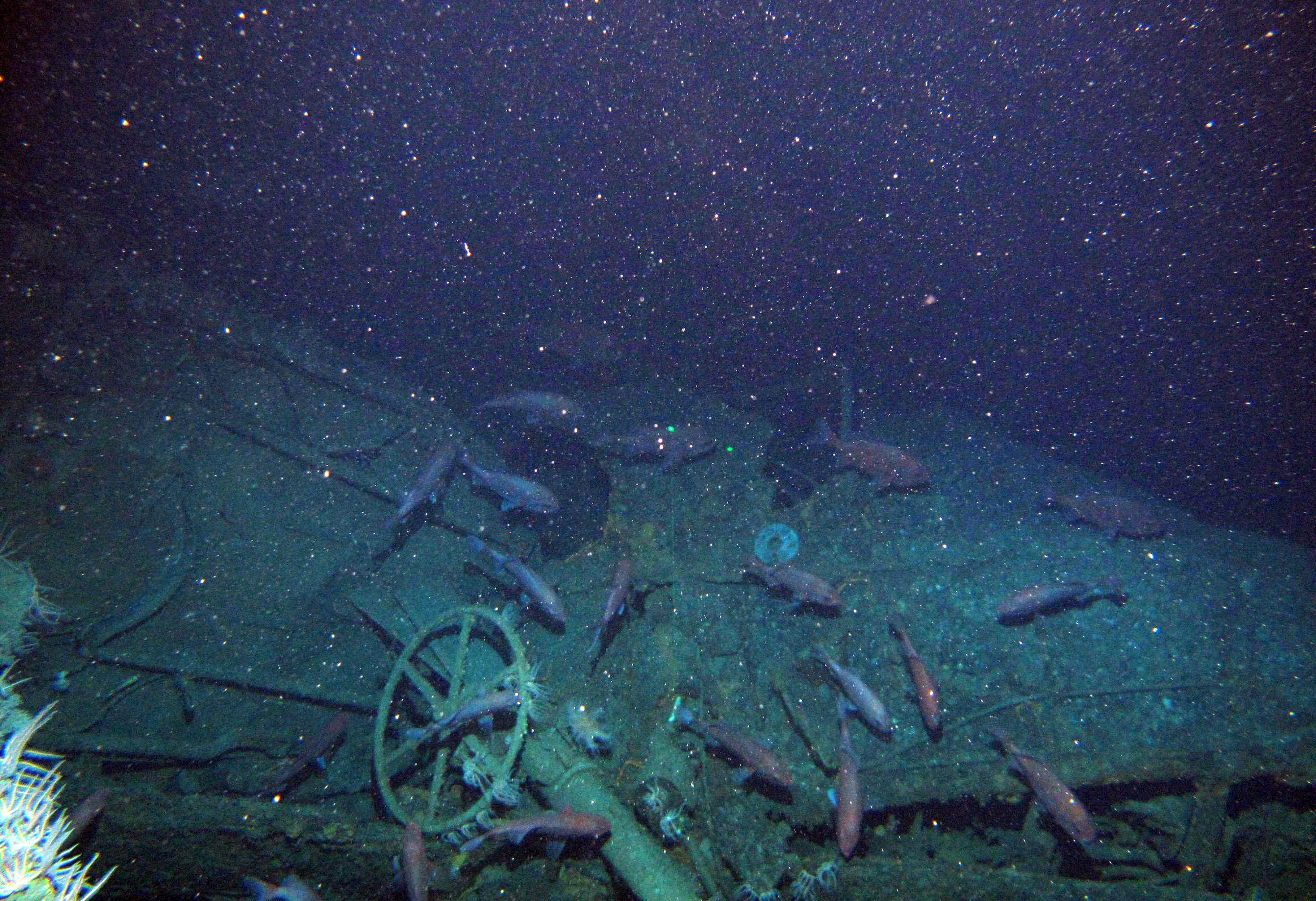SYDNEY, June 22 (Xinhua) -- State of the art 3D modelling technology has been used to explore the wreckage of Australia's first submarine lost at sea, with the interim findings of the research presented to the Australian National Maritime Museum's Archaeology of War conference on Friday.
Carrying 35 personnel, the HMAS AE1 went down over 100 years ago in 1914, but up until last year it remained a mystery as to where the historic vessel was.
After a decades-long search for the sub, it was finally discovered at a depth of 300 metres near the Duke of York Islands in Papua New Guinea.
Since that time, in order to find out more, researchers at Western Australia's Curtin University have taken 8,500 still images of the wreckage and plan to create a 3D model of AE1 as it rests now on the ocean floor.
"Through the process of photogrammetric 3D reconstruction, we are now able to create a complete, realistic and detailed representation of the wreck," manager of the HIVE (Hub for Immersive Visualisation and eResearch) at Curtin University, Dr Andrew Woods said.
"This allows us to 'virtually visit' the vessel as if we were physically present at the site on the seafloor, something that would be impossible for us to do in real life due to its depth and remoteness."
With processing still underway to create a high-resolution model, it has taken the high performance computer at the HIVE for three weeks to generate the current low-resolution 3D version.
The team is hoping to use the model to gain a better understanding of why the submarine sank.
"The 3D model can be rotated to be viewed from any angle, showing the bow, stern, and fin with conning tower, and also clearly shows the implosion areas on the submarine over the control room and the forward torpedo room," Woods said.
HMAS AE1 had only been in service for seven months when it left Sydney to capture what was then German New Guinea.
The AE1 was the Royal Australian Navy's first ever wartime loss.





